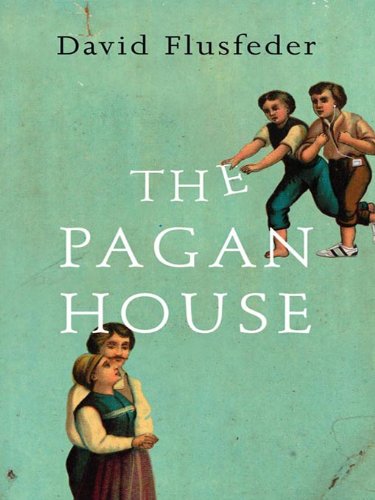The Pagan House
Thirteen-year-old Eddie Pagan (or Edgar as he prefers to be called) travels from London to New York State to visit his paternal grandmother, Fay. She is frail and is looked after by Warren, a conscientious and somewhat mysterious young Irishman. Left much to his own devices, Edgar decides to turn detective when Fay’s elderly cat goes missing and then is found with its throat cut. Could Warren be responsible or could it be the disenfranchised Onyataka people? Edgar, an awkward blend of Adrian Mole and Holden Caulfield, suffers teenage (mainly sexual) embarrassment as he struggles to establish himself as the cool outsider, rather than the English geek he fears he is. This section is entertaining and frequently laugh-out-loud comic.
This story-thread alternates with that of the religious sect that founded the town, the chief members of which are John Prindle Stone and Mary Pagan. They call their beliefs Perfectionism or Bible Communism, which espouses what we today call ‘free love’. They even hope to abolish death. Their story is very closely based on the real-life Oneida community, founded by John Humphrey Noyes that flourished in New York State between 1848 and 1881. In this section we see, however, not Christian perfectionism, but a supreme ego and human folly.
This is a strangely compelling novel, but I can’t say I enjoyed it. It is very well written but many ideas are not pursued and left unresolved. But less satisfactory still is that the two parts fail to gel. The modern tale is brash and quirky whereas the ‘historical’ section is a more traditional and somewhat heavy-going narrative. In a novel such as this, surely it is important for one strand to support and inform the other? Here, two quite different novels fight for attention.










